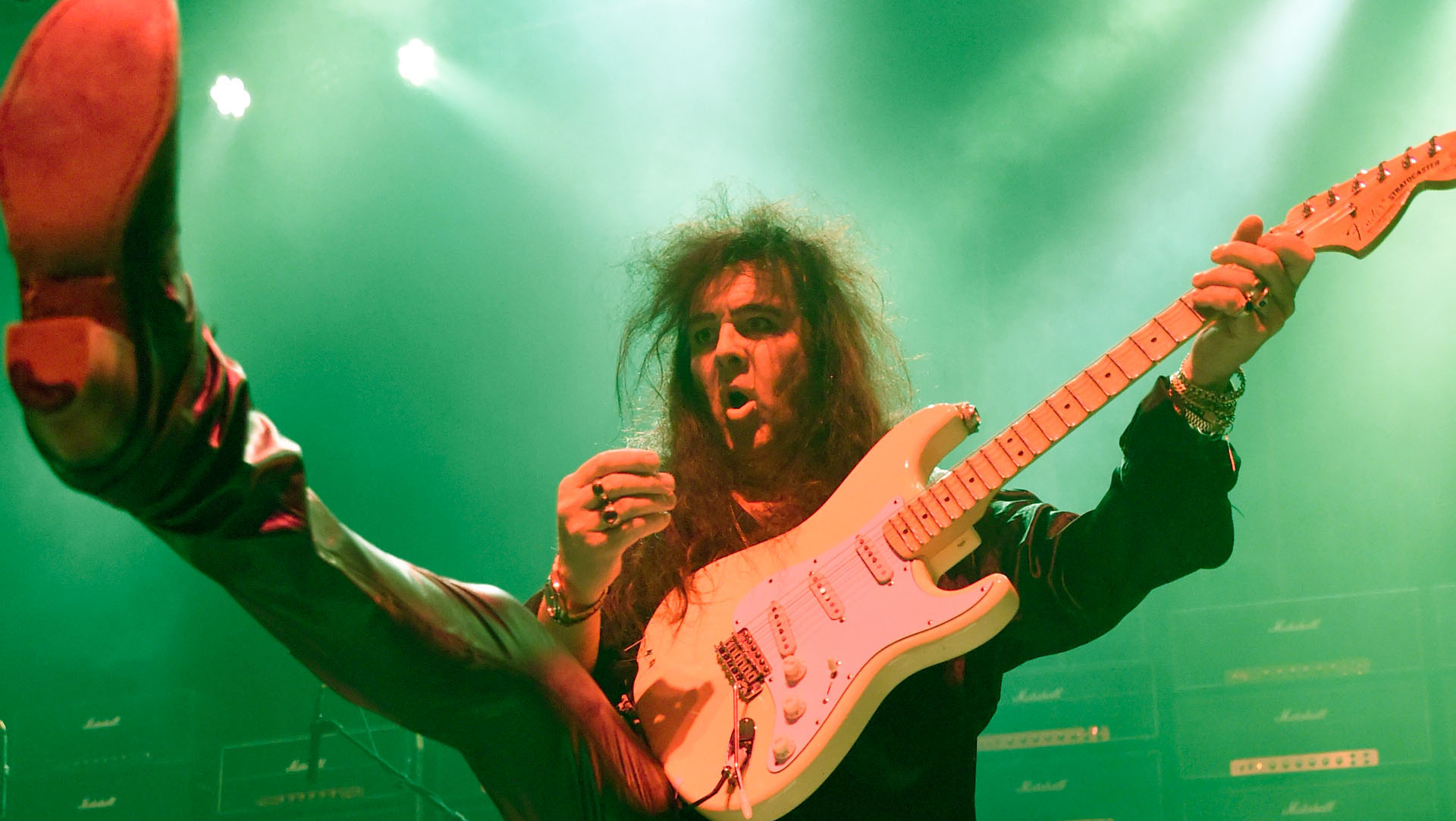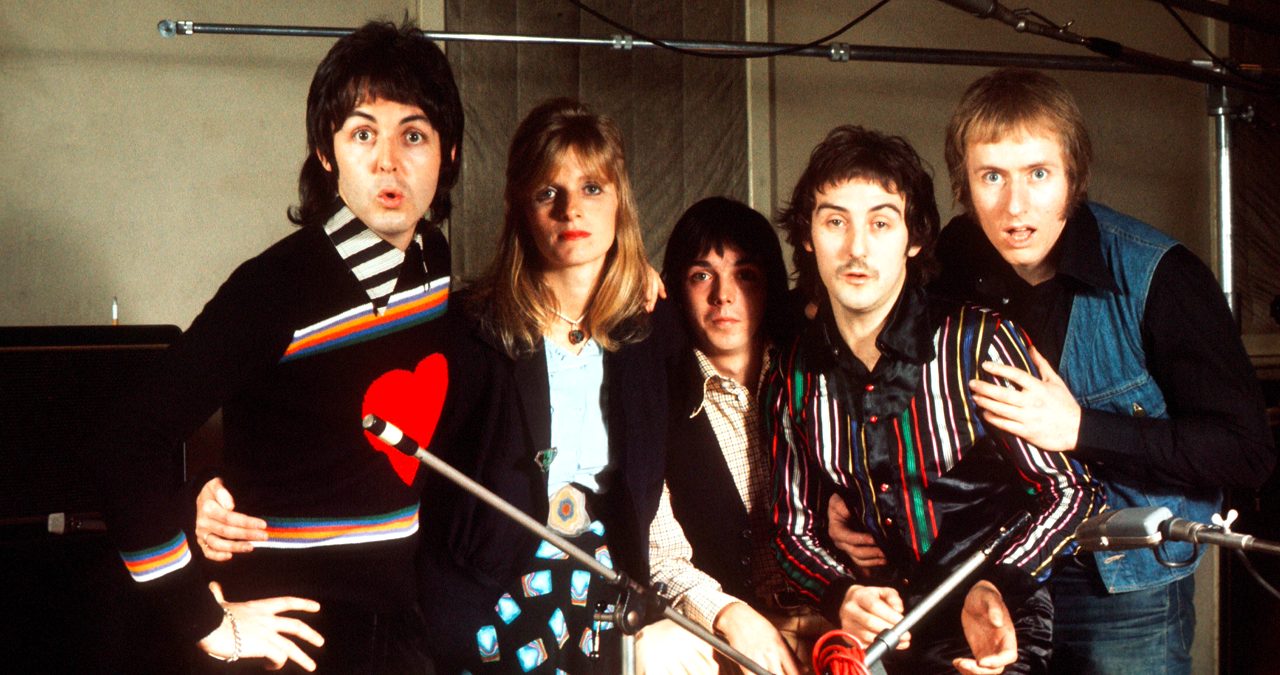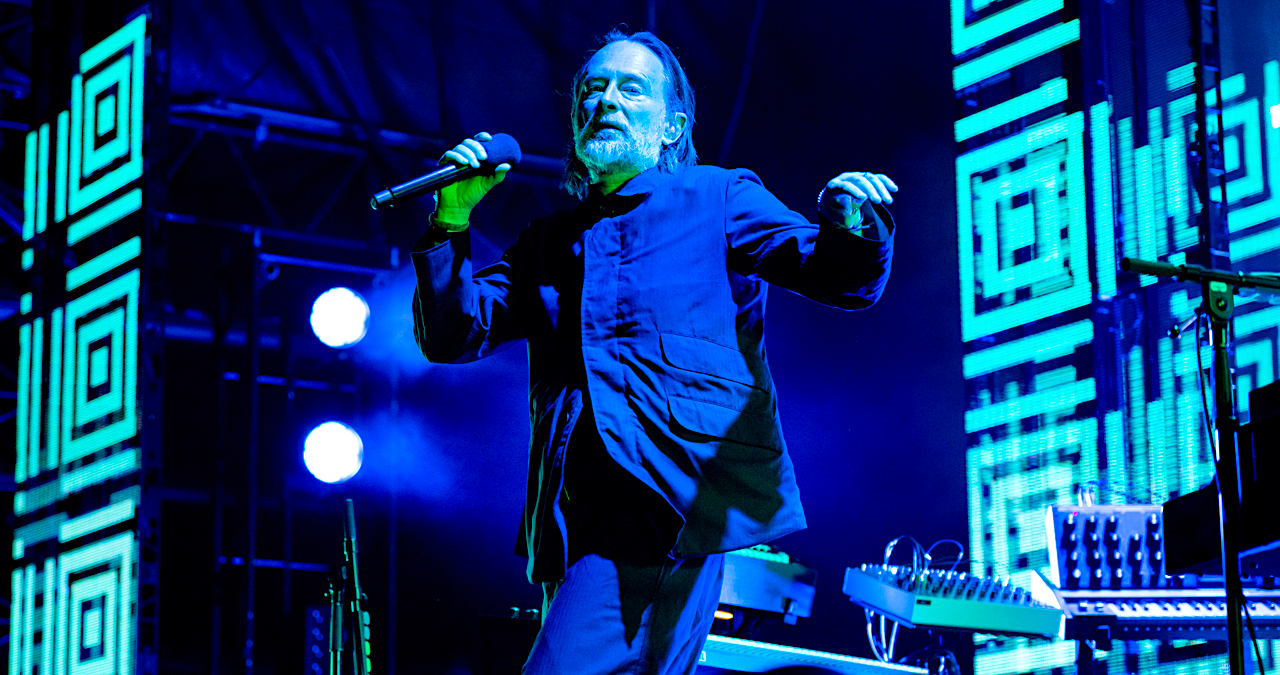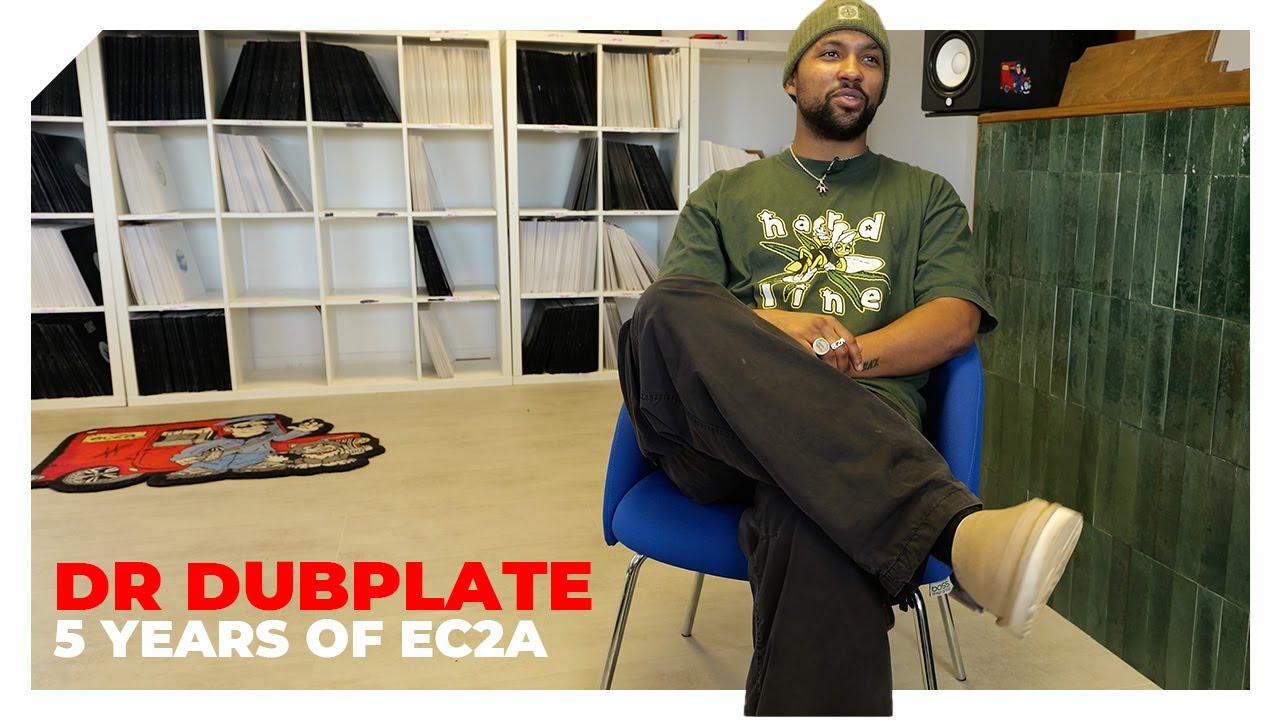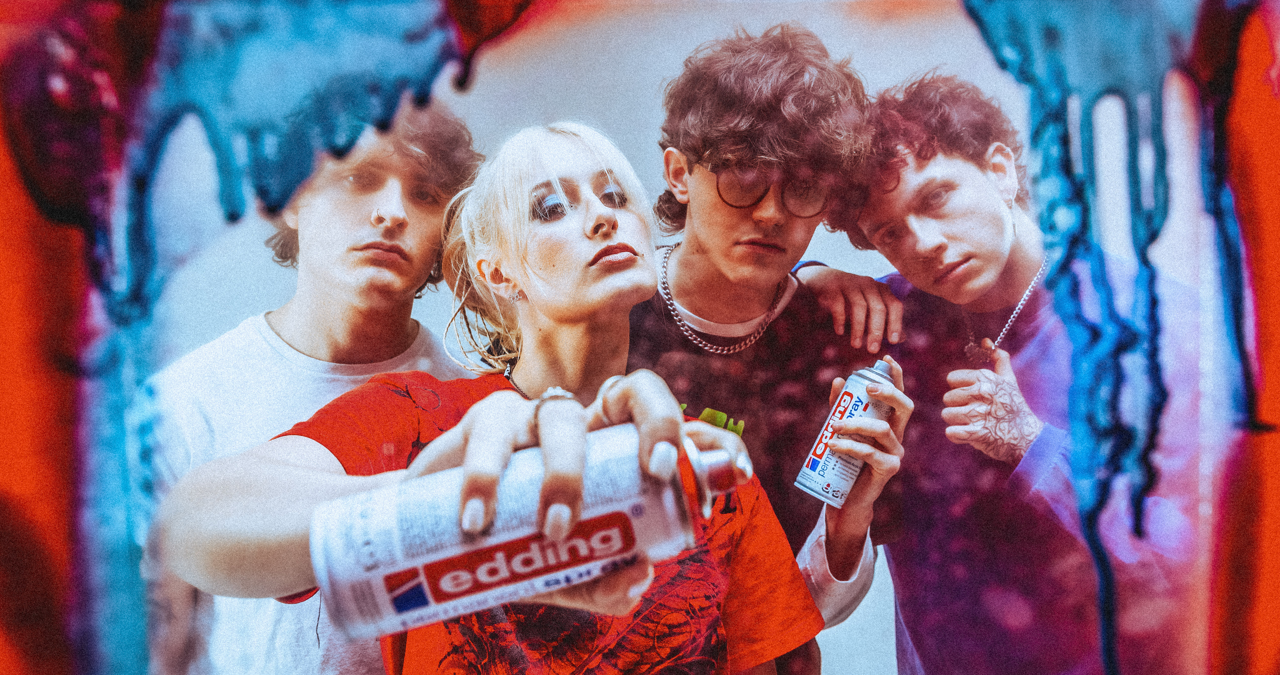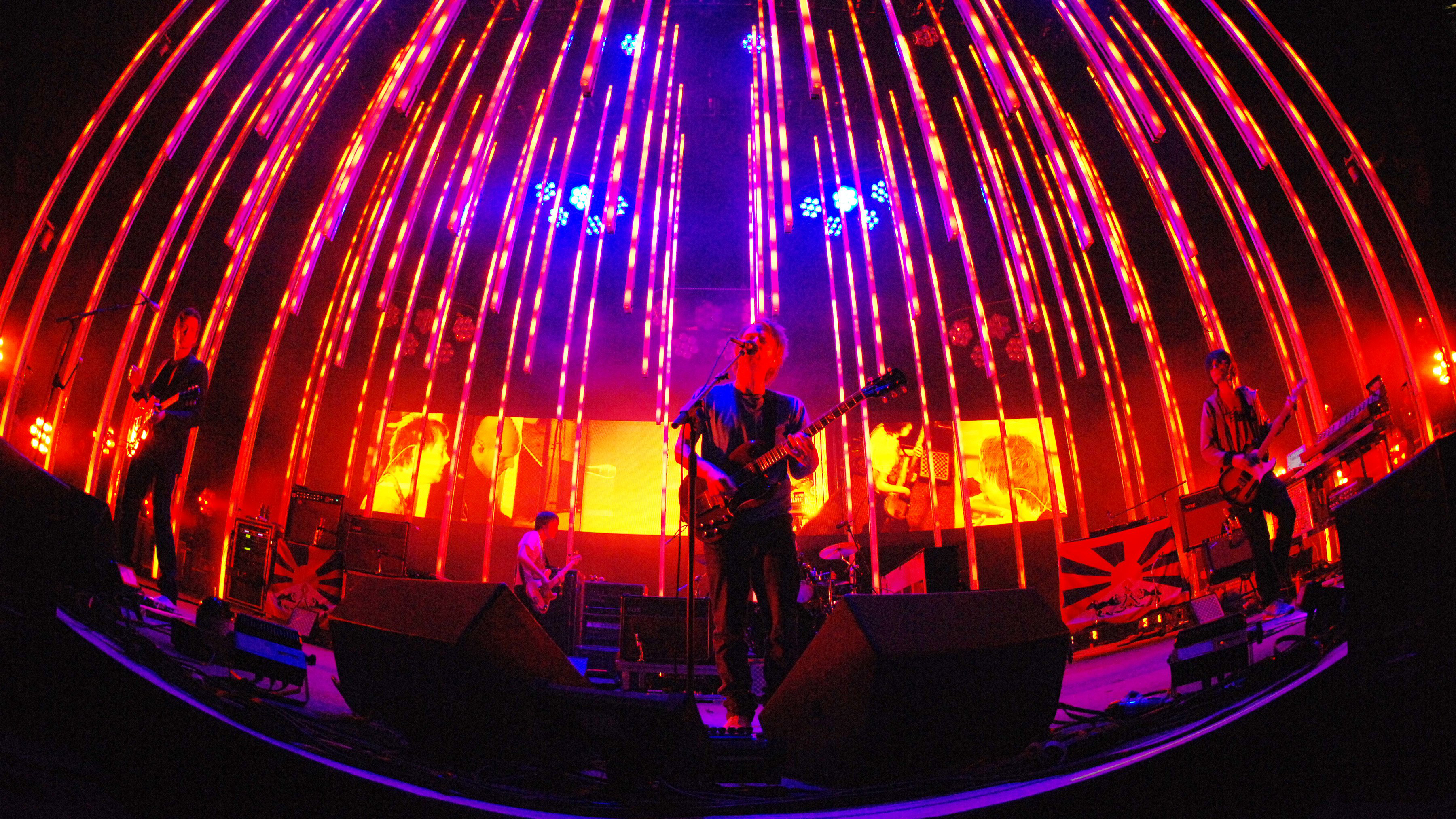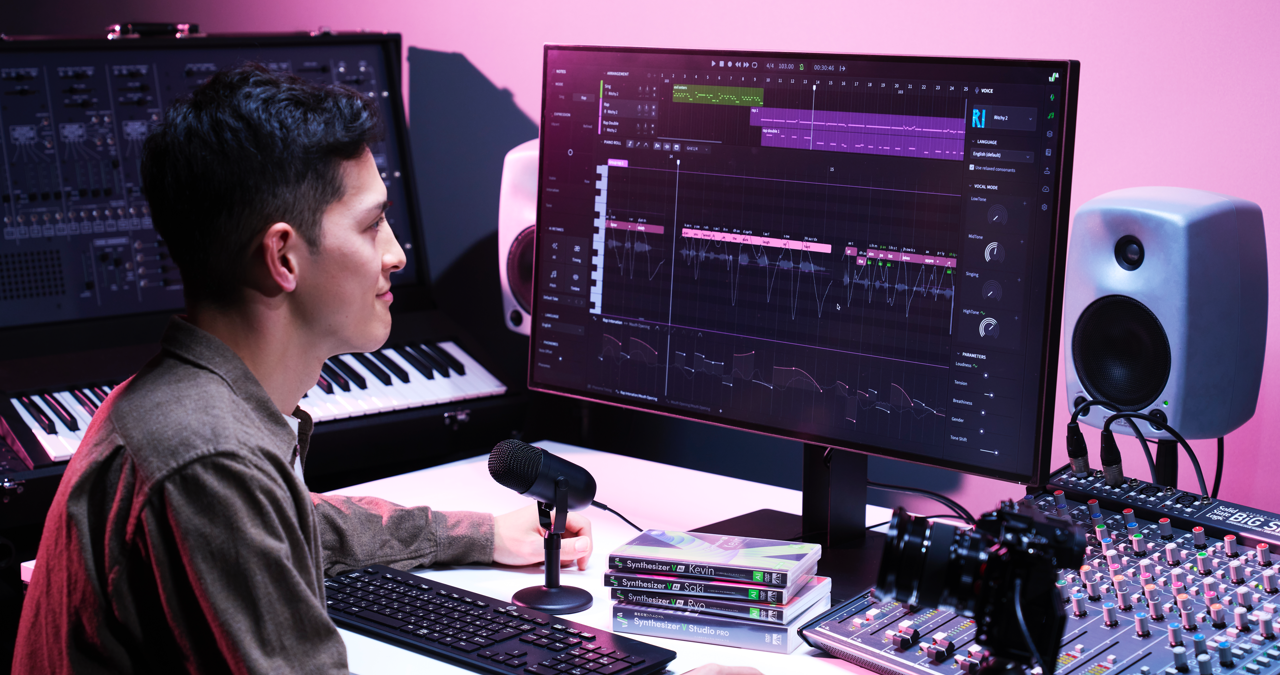“I’ve got the 303 but I don’t know how to work it - it’s making all these crazy sounds!”: How a small group of Chicago producers invented house and changed music forever
It's the story of the genres that gave us dance music as we know it today…
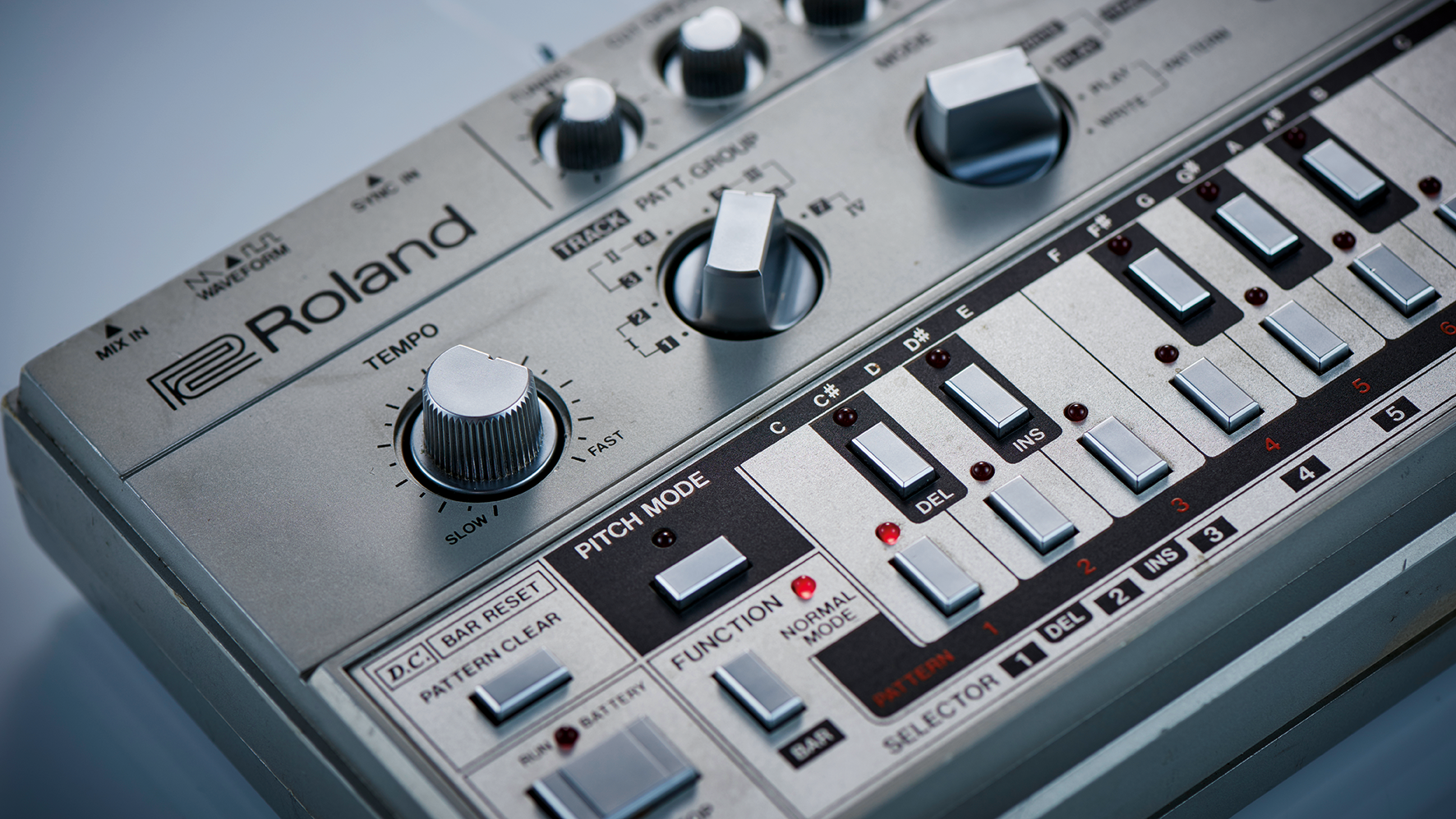
As with so many music genres, there are conflicting stories about how and who started it, but with house music, there is one unarguable fact: Chicago was its birthplace. The name? Well that pretty much certainly (although there is even some doubt about this) came from the city's Warehouse club whose philosophy to play underground dance music from anywhere in the world was a key factor in spreading the house sound across the city and beyond from the early '80s onwards.
The Warehouse was set up to be Chicago's version of The Loft in New York, a successful underground club in which Larry Levan and Frankie Knuckles made their DJ names.
Knuckles was eventually persuaded to move from New York to DJ at the Warehouse where his skills at lengthening sections of records by mixing between two copies, and essentially creating new tracks, would become famous.
His mastery and the club's music philosophy would quickly establish the Warehouse on the burgeoning club scene map - actually the Warehouse was the entire club scene map.
“House music at that time (1981) was anything that Frankie Knuckles would play at the Warehouse which was the coolest underground dance music,” seminal producer Marshall Jefferson told the Channel 4 documentary How House Music Was Born.
Frankie's technique and the club's sound spread around Chicago, although another DJ, Ron Hardy who had moved to Chicago from LA, was already at The Music Box club using a similar style of DJ-ing and playing out similar tunes according to Jesse Saunders, who told DJ History’s Bill Brewster in 2013 (later republished by Red Bull Music Academy): “Everyone thinks this thing started with Frankie but it didn’t. It started with Ron. He was the person who started playing that style of music long before Frankie got to Chicago.”
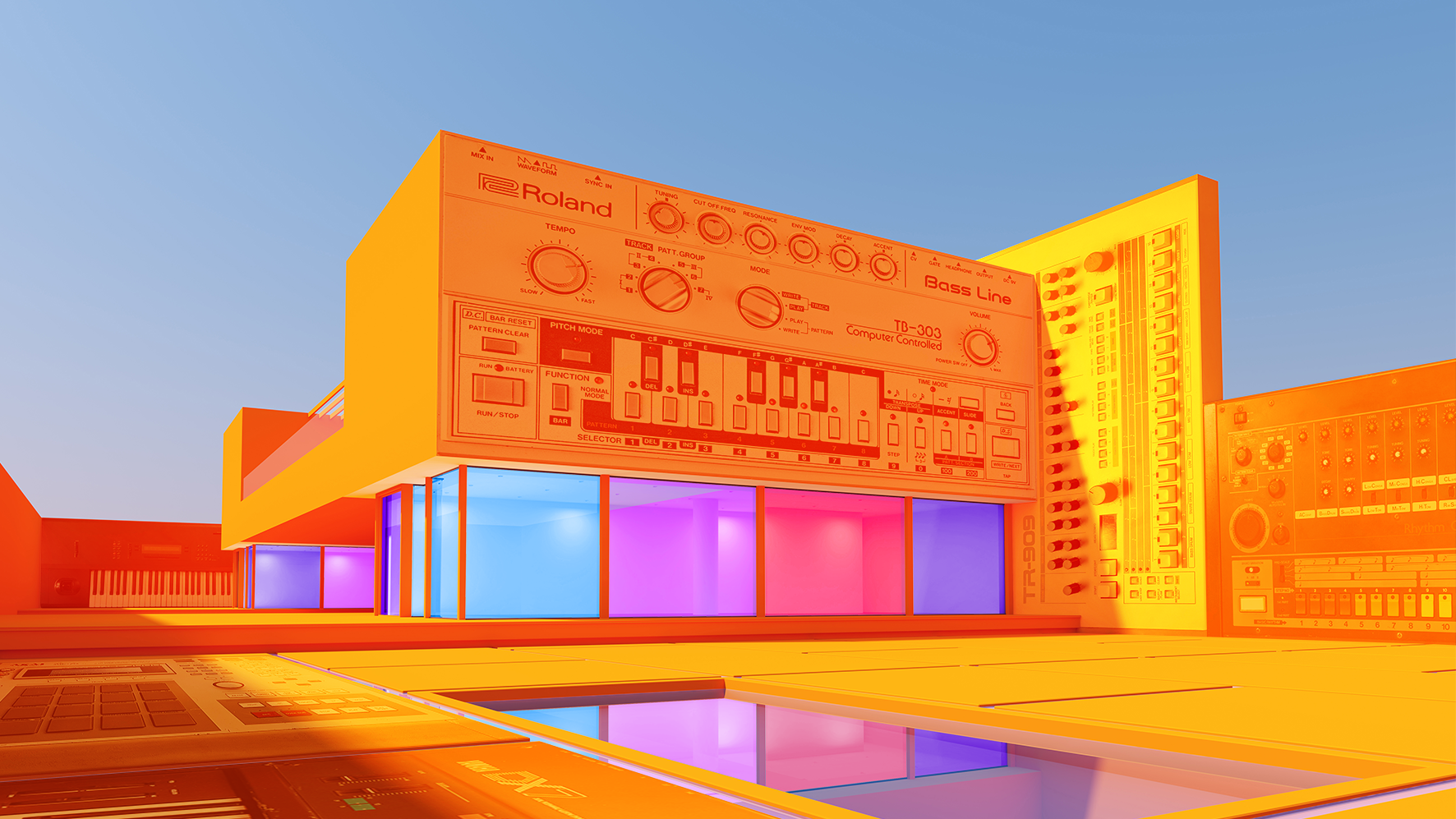
Either way, it would be Saunders who would have first bragging rights with what is regarded as the first house recording, and definitely the first with the drum machine that went on to back the entire genre and the many others that came from it: the TR-808.
On and On by Jesse Saunders and Vince Lawrence - which was recorded on a Tascam 4-track and also used a Korg Poly 61 synth - came out in 1984. The 808 was used simply because it was the only drum machine Saunders had access to. The tune itself quickly became a hit, delivering all of the emotion of the house scene it was soundtracking.
“We wanted to properly evoke the feelings of unadulterated euphoria, the release associated with dancing and jacking your body in the club. House music, as we would come to know it,” Saunders said in a Medium interview in 2015.
The record would be the catalyst for the whole of the Chicago house scene to explode and producers in Chicago, influenced by that Warehouse sound alongside European artists like Kraftwerk and Giorgio Moroder, would quickly bring the sound to the masses.
Tracks like J.M.Silk's Music is the Key would help spread the word, Frankie Knuckles would also score big with Your Love (with Jamie Principle) in 1986, and with Move Your Body, Marshall Jefferson would introduce a more melodic piano sound to the house sound which would also become one of its biggest trademarks.
Get the MusicRadar Newsletter
Want all the hottest music and gear news, reviews, deals, features and more, direct to your inbox? Sign up here.
Already variations in house music had started to happen but the most important was acid house, which again could well be credited to Chicago. The first acid house track was Acid Tracks, which was produced by Phuture, aka DJ Pierre, Earl Smith Jr, Herbert Jackson and Marshall Jefferson in 1987.
The big difference was the promotion of the TB-303 in the mix, its bassline becoming easily as important as the beats. But just as the 808 had been an accidental inclusion in the sound of house via Saunders, so the 303 was in acid house.
“We were all about bass lines,” DJ Pierre says. “I said to Spanky, ‘we need to get a 303 man, that thing makes hot bass lines’ and he said ‘I’ll see if I can find one’ so he went looking around second-hand stores and maybe two weeks later he called me and said ‘hey man I’ve got the 303 but I don’t know how to work it, it’s making all these crazy sounds!’”
Those crazy sounds - from the 40-dollar machine that Phuture bought - were, of course, what we now know and love as acid basslines, the squealing, resonating lines that would partner the 808 beats perfectly.
Suddenly Chicago had a couple of houses to export and soon cities across the States were spreading the word. But it would once again be Saunders who would be knighted as the house champion, by helping to take the sound to the UK where it would be given a boost to the world and beyond.
Love Can't Turn Around by Farley 'Jackmaster' Funk (featuring Jesse Saunders, performed by Darryl Pandy) was a UK top 10 in 1986 which helped an already underground scene go overground.
Now producers everywhere were grabbing cheap Roland gear - and yes, we all wish we had done that as well - to make beats and basslines for a new generation of clubbers. The house scene exploded leading (via Ibiza, but that's another story) to the Second Summer of Love and the dawn of dance music as we know it today.

House: Key elements
What are the key elements of house music?
You might just think it's 4/4 - and it is - but there are other central elements to consider when making a classic house tune…
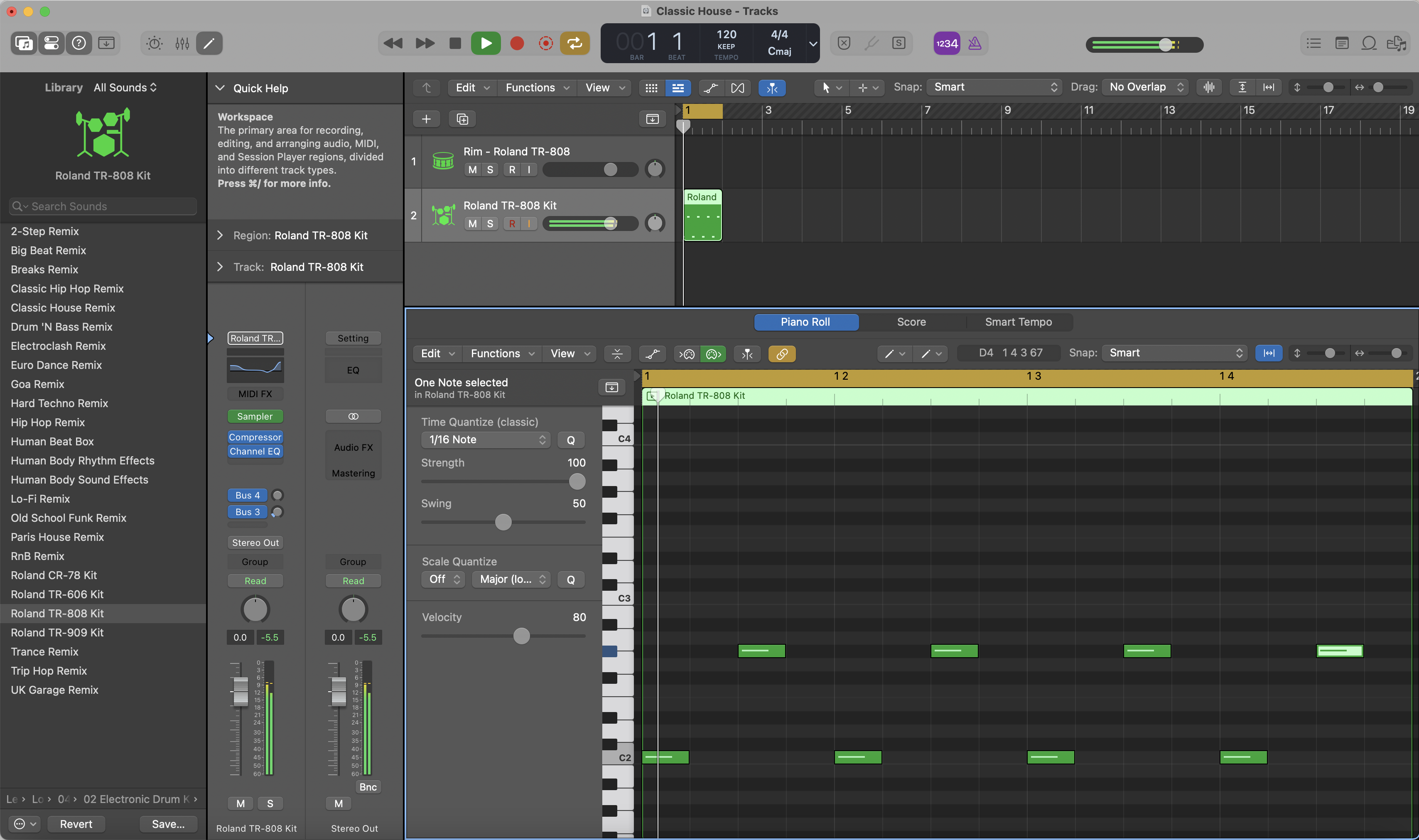
1. Kicks
Of course the house pattern - and that is any version of house from this tutorial on classic house onwards to pretty much any form of house since - is 4/4. So grab an 808 kit in your DAW (and it will very likely have one) or a bunch of 808 samples (try SampleRadar here) and put an 808 kick at the start of each bar over four bars. While we're at it put a closed hat on the off beat.
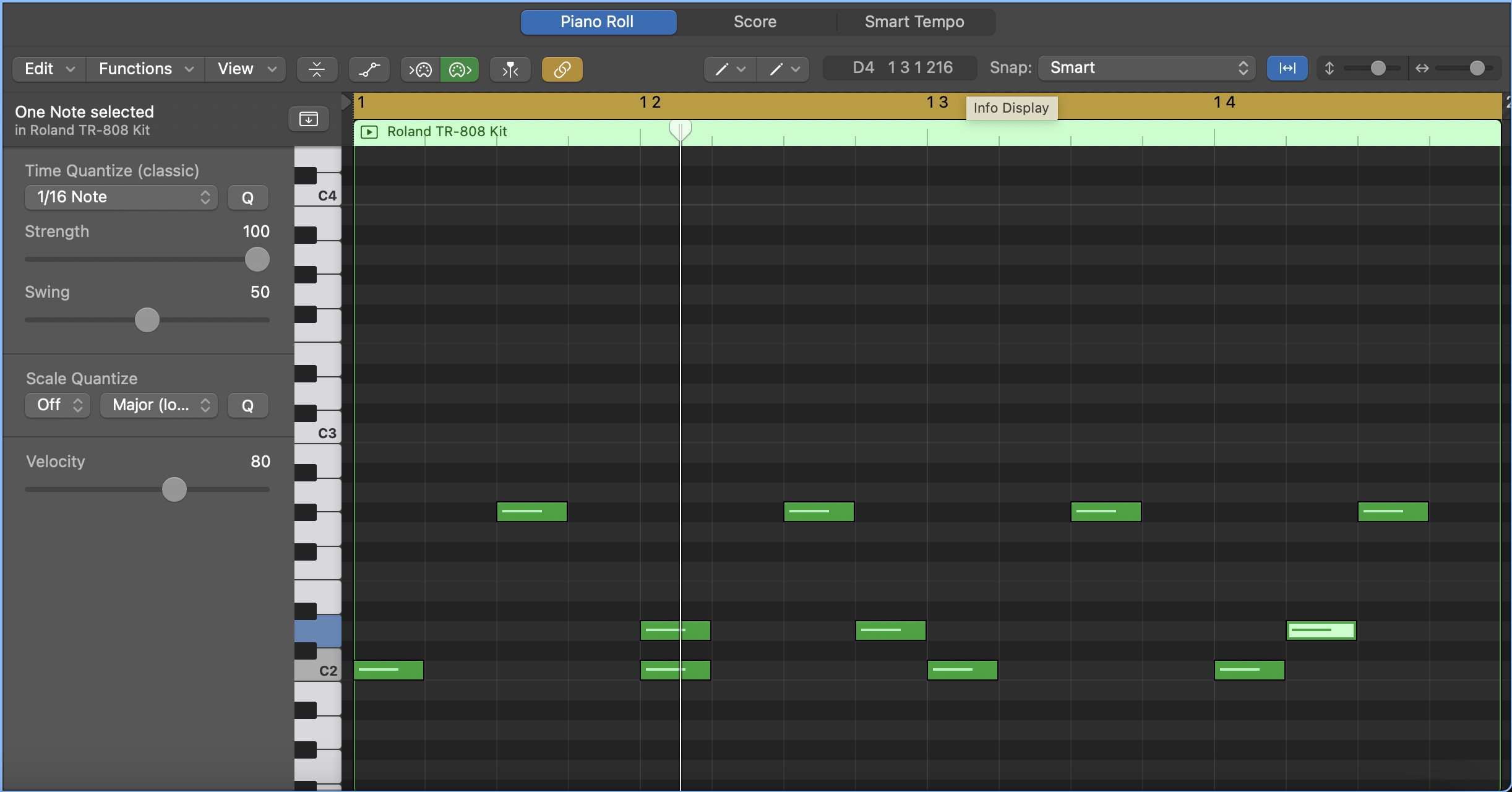
2: Snares
The great thing about house is that you can go as crazy as you like with the snares. Have some on the off beat but make sure you have some 'introducing' the kick as we have here with our second snare coming in just before the third kick. Remember the originals were programmed on TR-808 drum machines so the fun was inputting snares wherever you wanted.
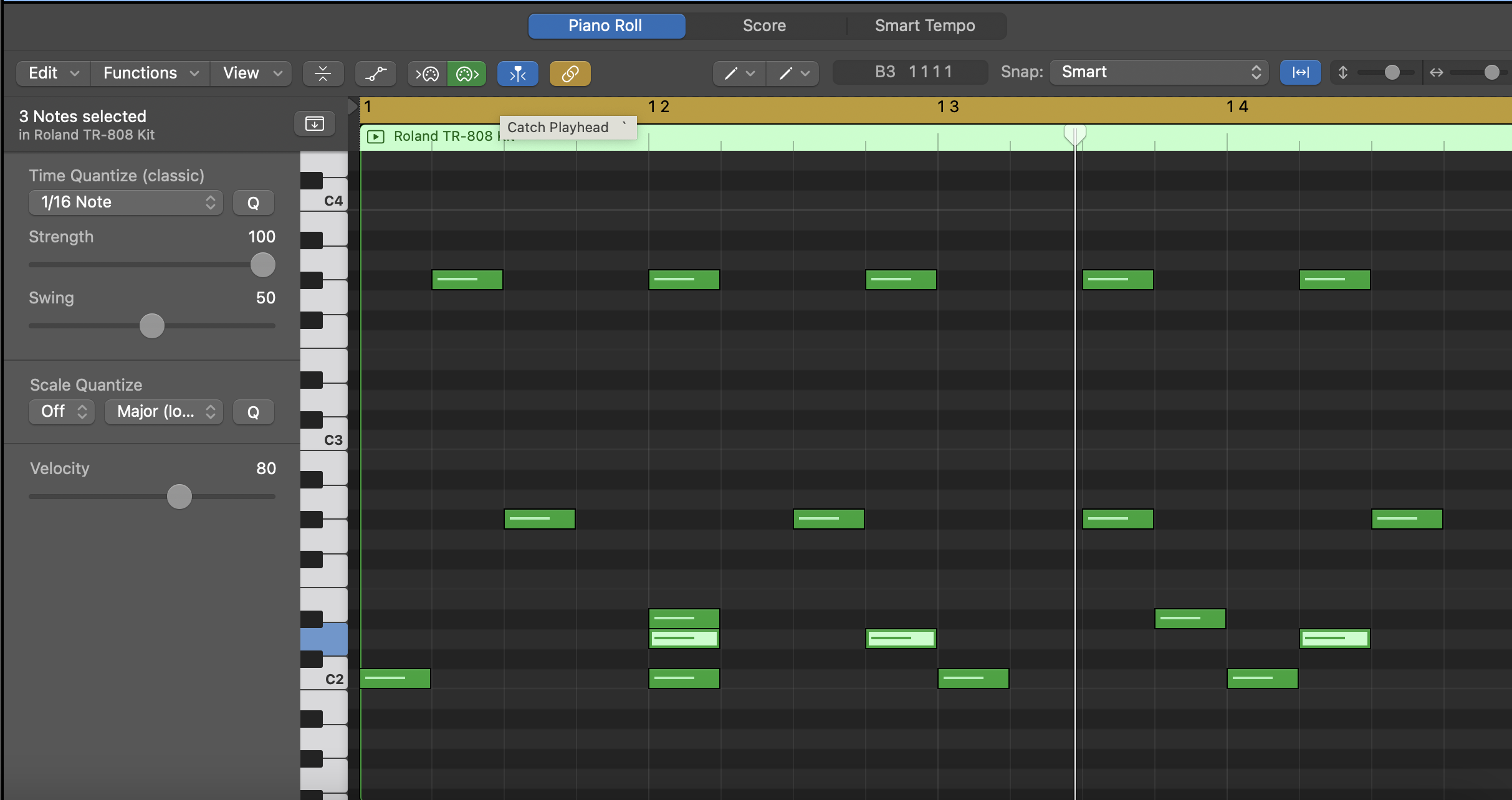
3: Filling the beats out
Here we've added a clap to give one of the snares a bit more clout and some other typical 808 sounds to give the loop a very 1988 feel. To be honest, as long as you stick to having the 4/4 kick as the foundation and use an 808 kit, you can't really go wrong as it's always going to sound like it came from Jesse Saunders' studio. Well, not really, but you know what we mean.
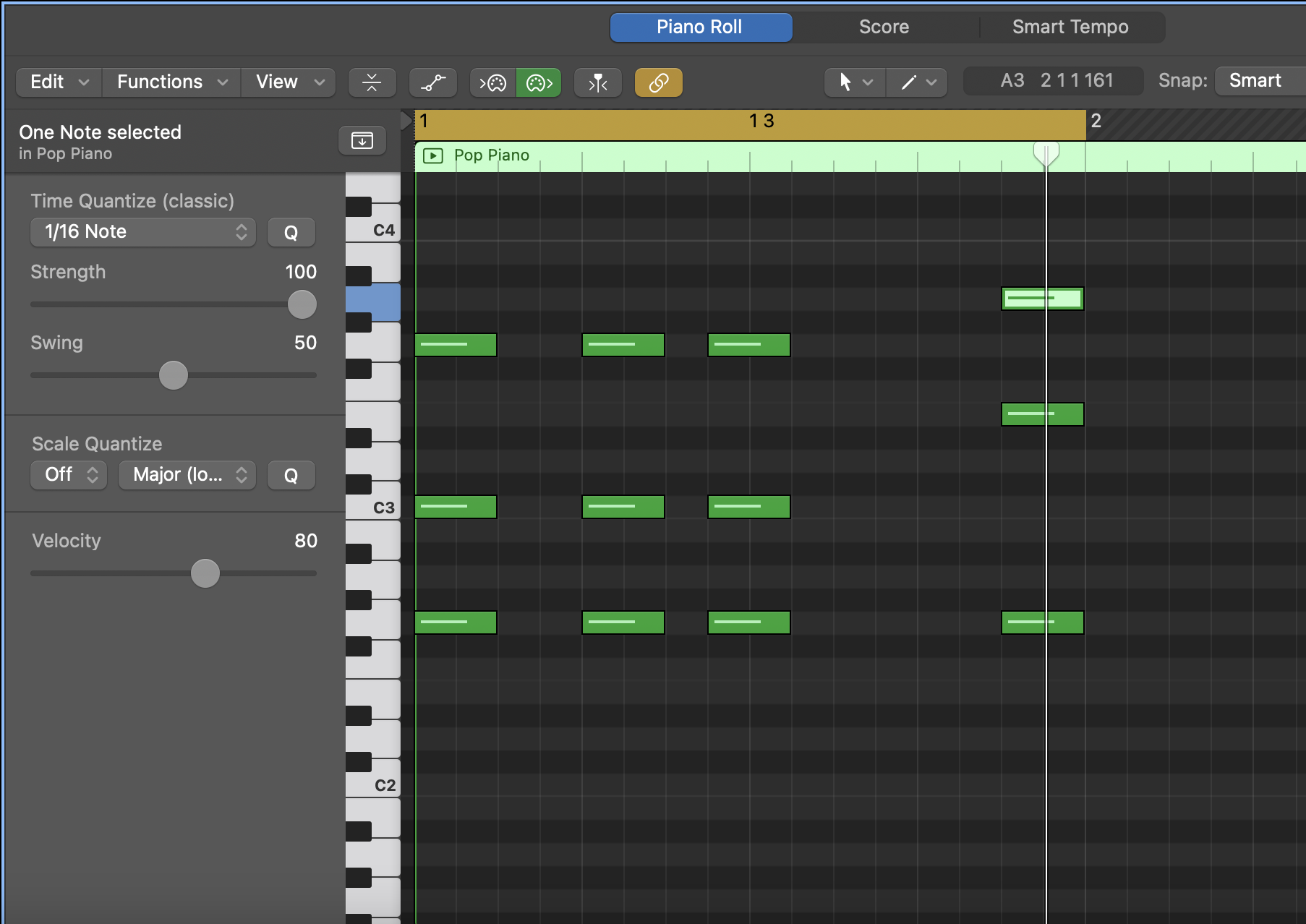
4. Pianos
You'll need a bright piano sound here - if you have a Korg M1 to hand that would be nice. What we're going to recreate is the piano sound that Marshall Jefferson first laid down at 40bpm and then sped up to 120bpm to make house history. And it's pretty easy. We've just used a couple of different chords, playing the first on the first beat with a couple of variations before closing the loop with the second. Obviously fill your boots with any piano sound and variation on this them you like. You've got 40 years of people doing this to inspire you!
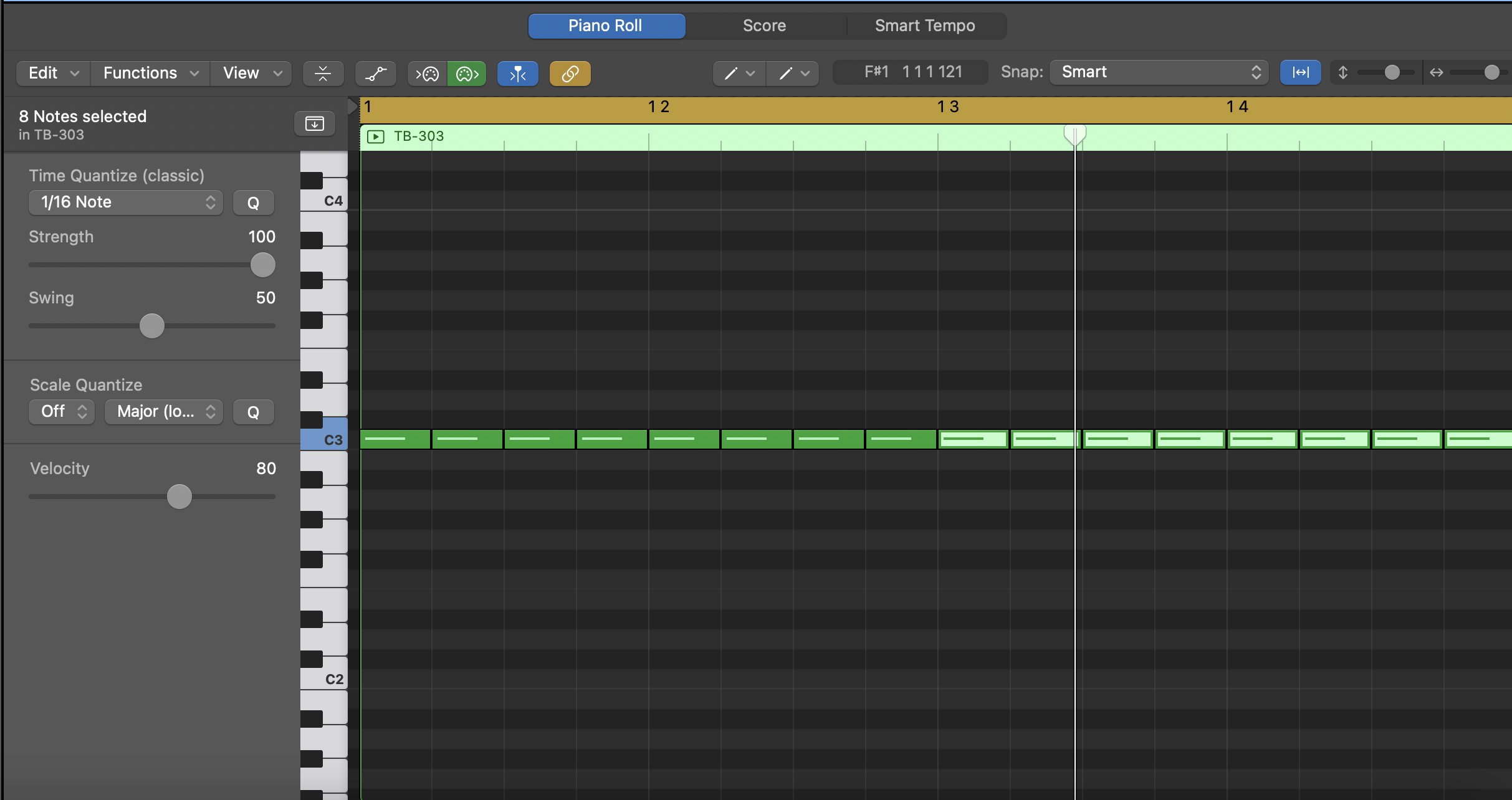
5. 303!
Lastly the 303 should only be used if you want to take more of an acid house trip rather than standard house, but it's still a great way to get some movement going in any tune. Obviously having a proper 303 in software would be good – and these are many and varied – but the sound can be approximated using many VA synths. A good start is to draw in a 16th part pattern and experiment with your resonance and filter frequency options but check out this 303 programming tutorial for more.
Before you go, make sure you grab some 303 samples from here and keep the house party - first started in 80s Chicago - going!
Andy has been writing about music production and technology for 30 years having started out on Music Technology magazine back in 1992. He has edited the magazines Future Music, Keyboard Review, MusicTech and Computer Music, which he helped launch back in 1998. He owns way too many synthesizers.





